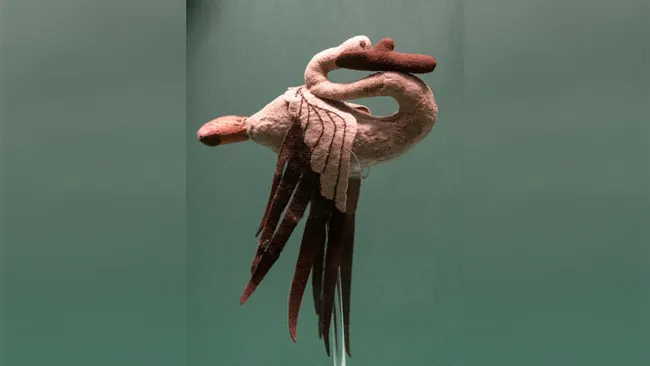A delicate felt swan created more than 2,400 years ago has surfaced as an intriguing relic of a long-lost cosmology in the frozen depths of Siberia. Discovered from an old burial mound in the Altai Mountains, this soft figure is more than just a relic; according to archaeologists, it may represent the very birth of the universe. Thanks to the permafrost of the area, the Pazyryk swan as it is now known offers a rare window into the spiritual world of Iron Age nomads, whose stories and customs have survived. But why a swan? And for its creators, what deeper meaning did it possess?
A Frozen Time Capsule: The Pazyryk Burial Mounds
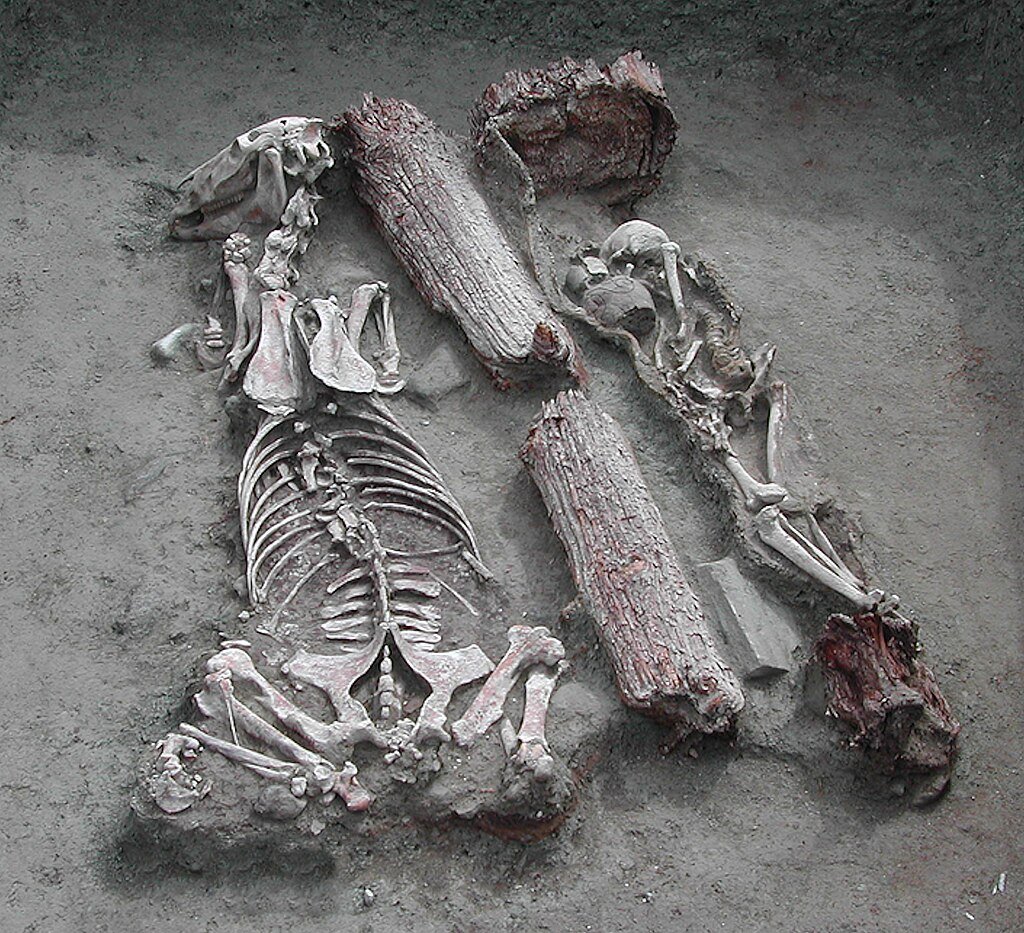
Nestled next Russia’s borders with China, Mongolia, and Kazakhstan, the Pazyryk Valley is a veritable gold mine of old secrets. Although Soviet archaeologists started digging its kurgans or burial mounds in the 1920s, they did not find this amazing swan until 1949. Many of these tombs stayed frozen due to the region’s cold temperature, so conserving organic items including textiles, wood, and even tattooed human skin. Found alongside other extravagant grave goods, the almost 12-inch (30-centimeter) tall swan suggested it belonged to a high-status person, maybe a shaman or chieftain.
Craftsmanship of the Cosmos: How the Swan Was Made
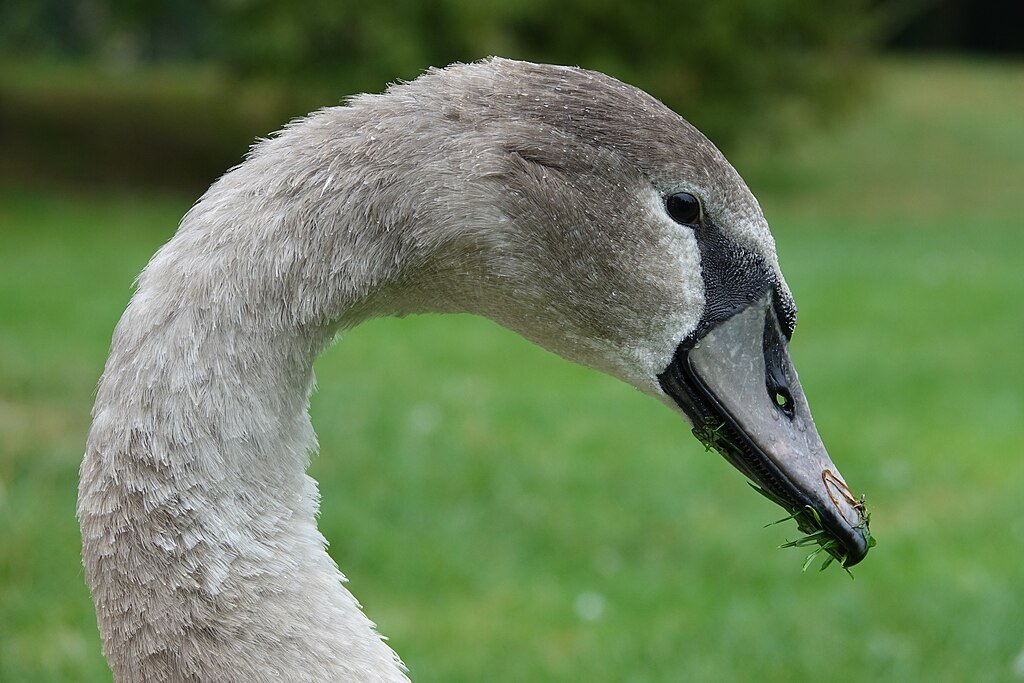
The construction of the figurine exposes painstaking artistry. Its beak, eyes, and wingtips are black felt; its body is fashioned from white reindeer felt. Made from reddish-brown felt, the feet hide wooden sticks once used to keep the swan upright, maybe placed on a chariot or ceremonial building. This complex architecture might have had a holy function rather than only aesthetic one. The swan now lives at the Hermitage Museum, which suggests it symbolized the interdependence of life across three spheres: air, land, and water.
Mythology in Felt: The Swan as a Cosmic Creator

For what reason a swan? Waterfowl including swans, ducks, and geese abound in creation stories across ancient Eurasian cosmologies. According to some traditions, the universe opens from a cosmic egg created by a celestial bird. Believed to be members of a larger Saka-Scythian nomadic society, the Pazyryk people might have shared this view. Echoing tales found in Siberian, Turkic, and even early Indo-European traditions, the swan could symbolize “the creation of the universe,” the museum notes. Was this figurine a ritual object, a guide for the dead, or a portrayal of the birth of the world?
The Pazyryk Culture: Nomads with a Rich Spiritual Life
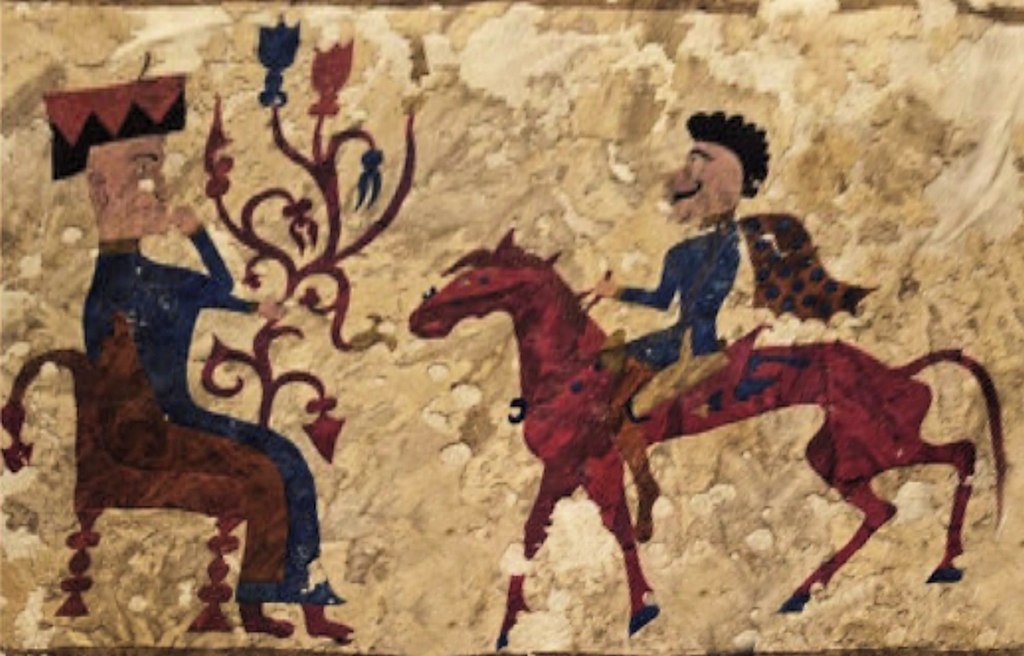
The Pazyryk were not any common nomads. Their funeral sites expose a society firmly linked to the earth and the next world. Apart from the swan, archaeologists have discovered complex horse harnesses, psychedelic tattoos on mummified remains, and even traces of cannabis utilized in ceremonies. These revelations show a people who saw the divine in the natural world where animals such as swans were cosmic messengers rather than merely creatures. The swan’s presence in a tomb points to it maybe being a psychop, a being guiding souls between worlds.
Why Siberia’s Permafrost Is an Archaeologist’s Goldmine
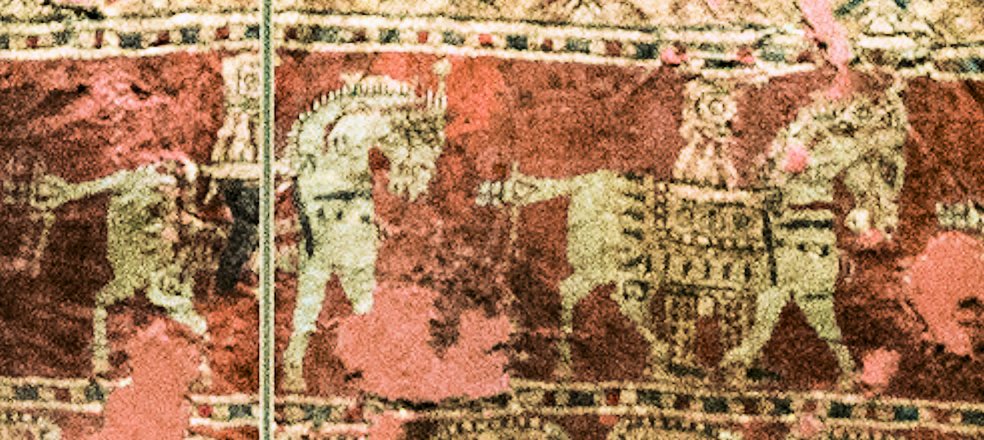
The Pazyryk swan might have fallen to ruin centuries ago without Siberia’s cold grip. Acting as a natural deep freezer, permafrost keeps everything from felt art to mummies with intact internal organs. Thanks to this phenomena, researchers can now investigate Iron Age societies with hitherto unheard-of clarity. Other frozen tombs in the area have unearthed carpets, clothes, and even ancient cheese, each relic adding still another piece to the puzzle of Eurasian prehistory.
The Swan’s Legacy: What It Tells Us About Ancient Beliefs

Not only a remarkable artifact for archaeologists, the Pazyryk swan is a link to a lost worldview. Rare understanding of how workmanship, symbolism, and preservation shaped ancient nomads’ perspective of life. Should it be a creation myth, this small felt bird connects us to a time when the beginning of the universe was told not via calculations but rather via the flight of a swan.
One thing is clear: if we are ready to listen, the past is still murmuring in the quiet corners of Siberia as scientists continue to solve the riddles of the Pazyryk civilization.
Final Thought
What other cosmic narratives lay buried on the boundaries of the earth? The Pazyryk swan reminds us that once science and mythology were one and that even the softest thing can have cosmic weight.
Sources:

Jan loves Wildlife and Animals and is one of the founders of Animals Around The Globe. He holds an MSc in Finance & Economics and is a passionate PADI Open Water Diver. His favorite animals are Mountain Gorillas, Tigers, and Great White Sharks. He lived in South Africa, Germany, the USA, Ireland, Italy, China, and Australia. Before AATG, Jan worked for Google, Axel Springer, BMW and others.

